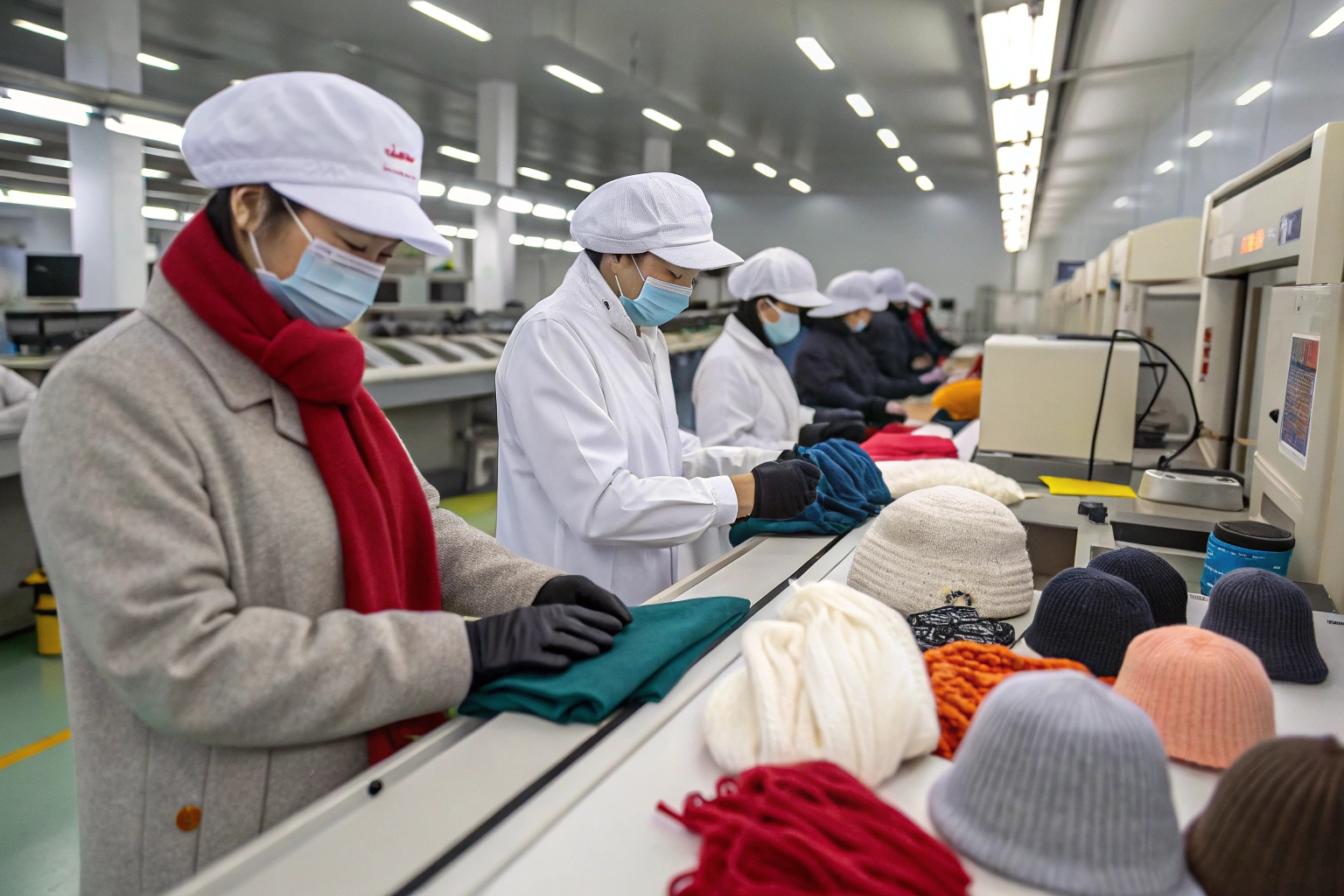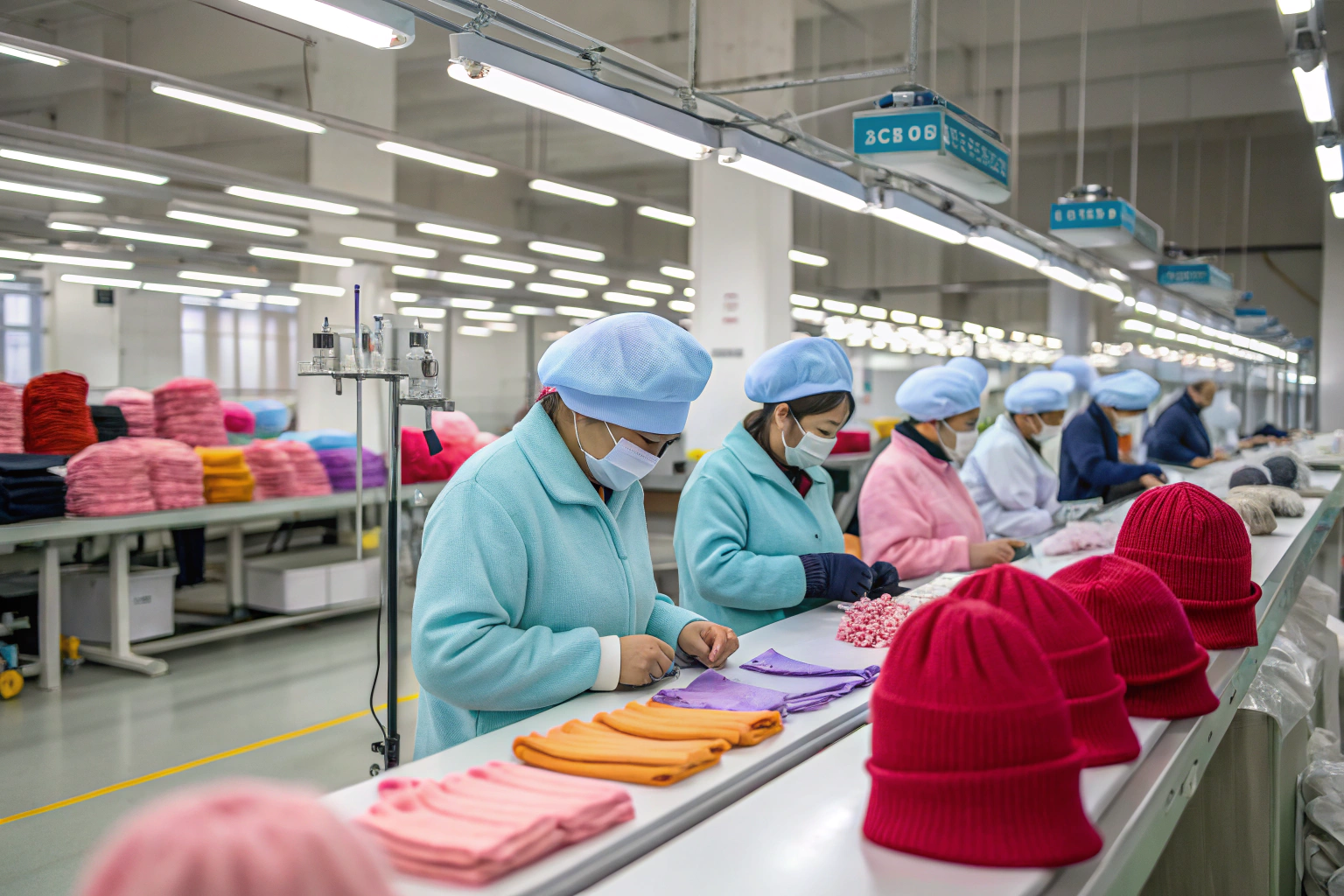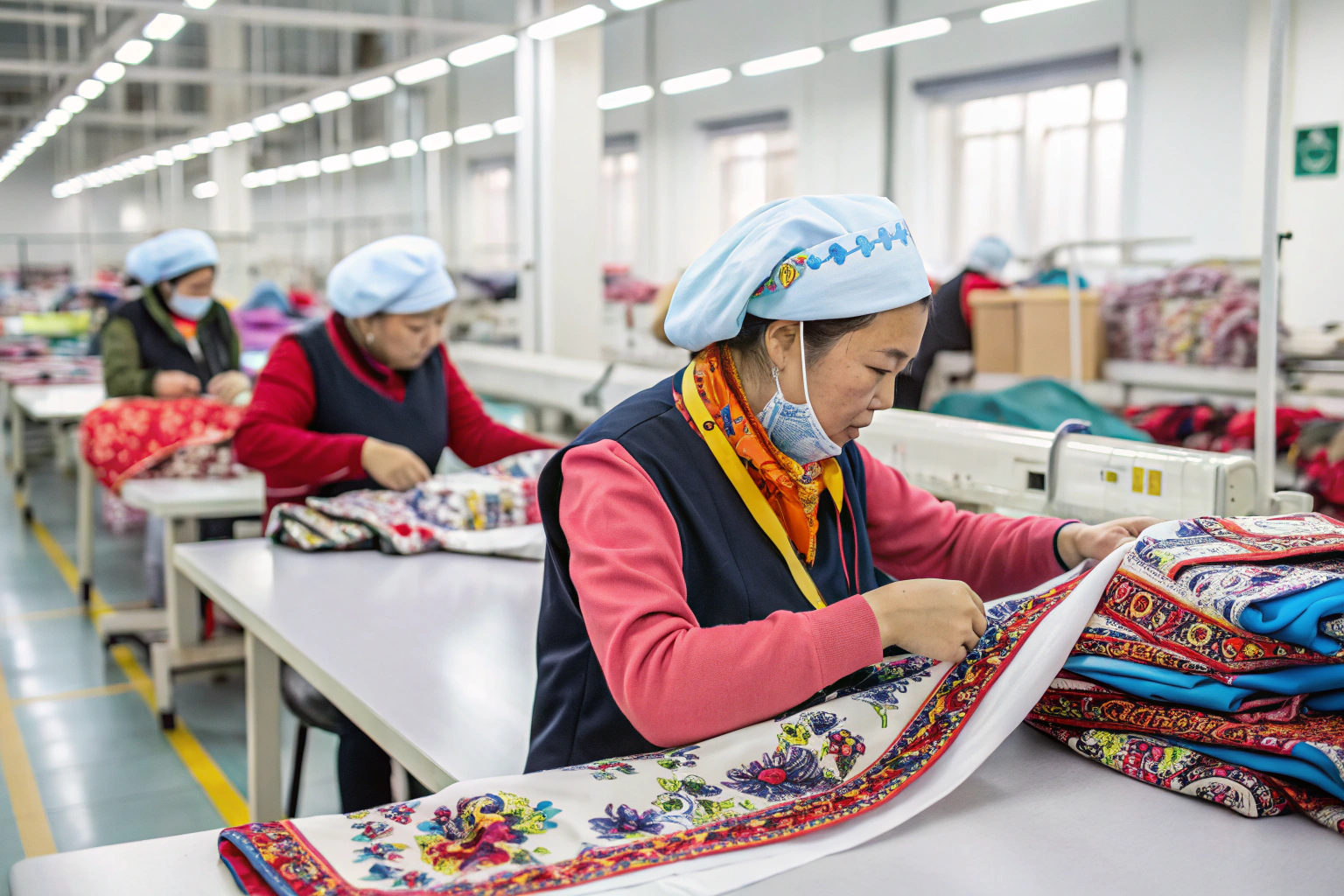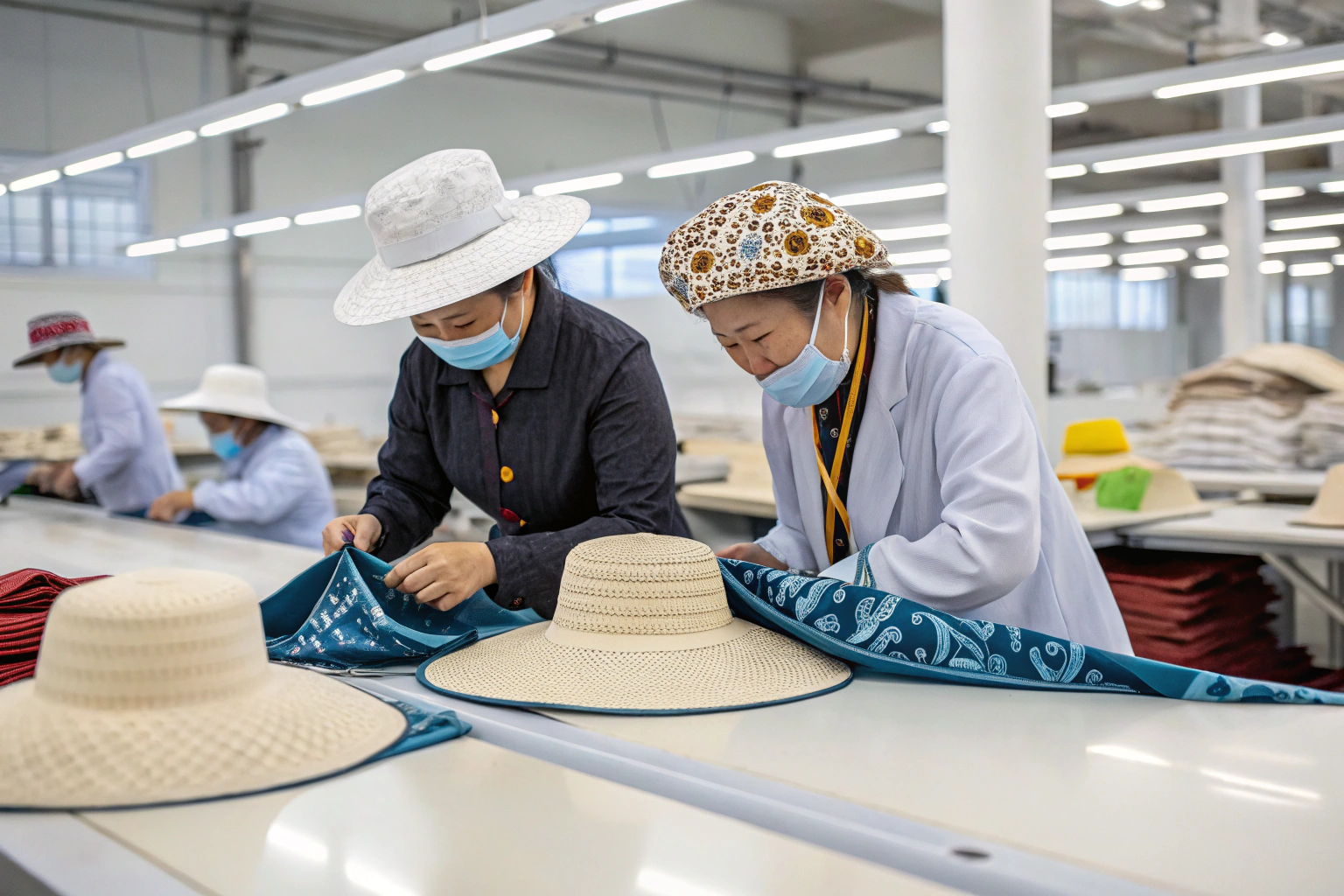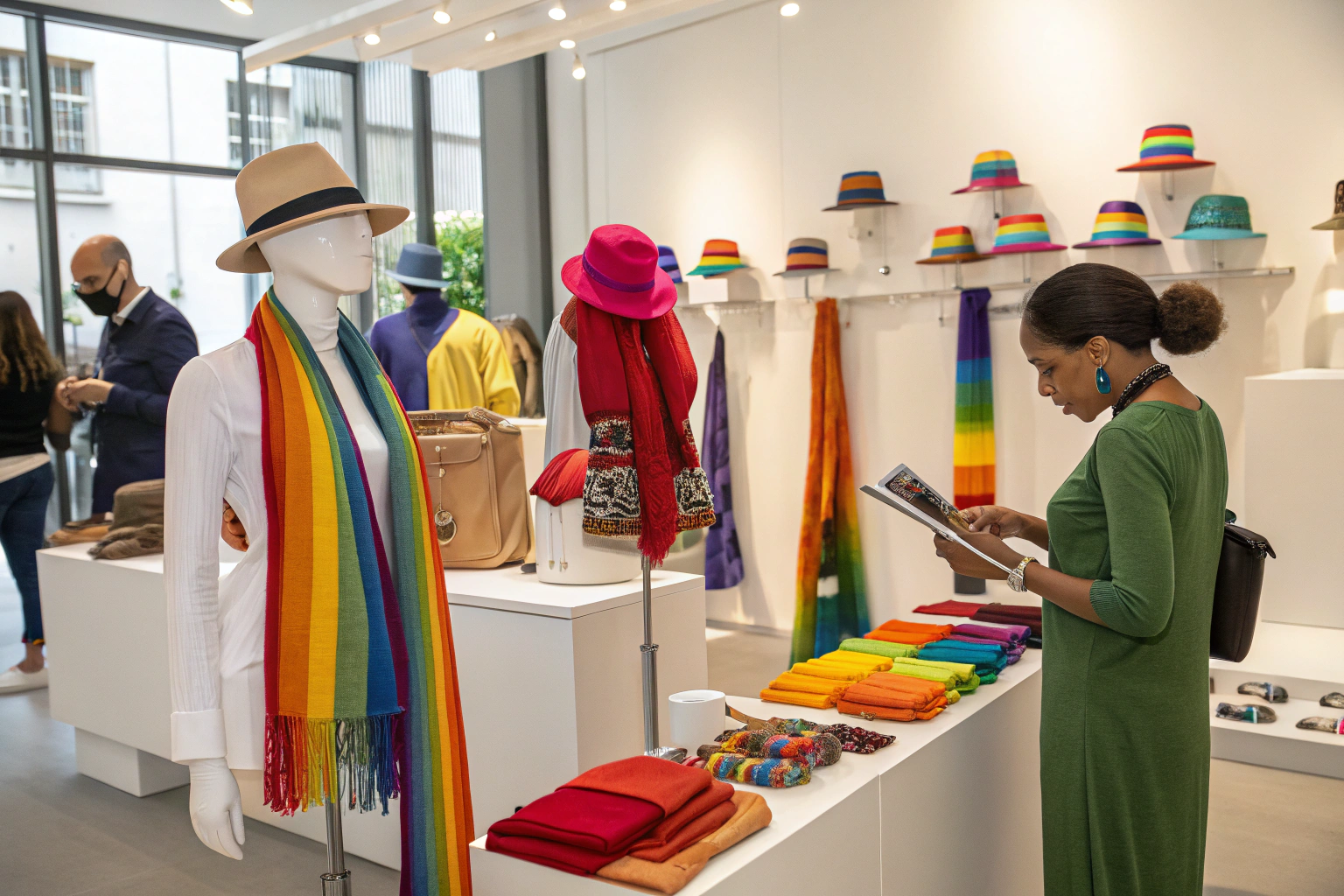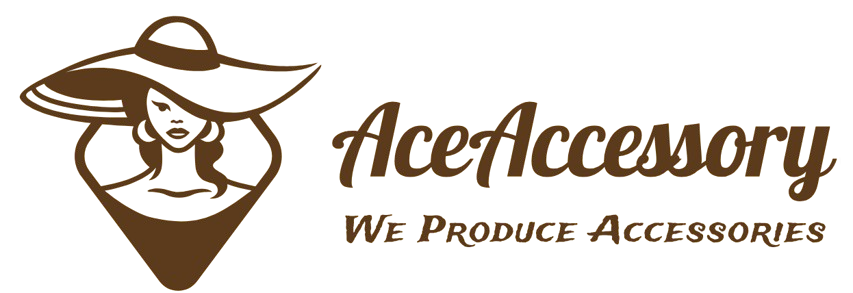Many U.S. retailers and brand owners underestimate one critical barrier to accessory imports: flammability compliance. Whether you're selling scarves or gloves, failure to meet U.S. flammability laws can lead to customs seizure, product recalls, or even lawsuits. For buyers sourcing from overseas factories like ours at AceAccessory, understanding and managing these standards is non-negotiable.
To ensure compliance with U.S. flammability regulations for accessories, brands must understand federal laws like 16 CFR Part 1610, prioritize supplier testing protocols, and maintain documented proof of conformity.
At AceAccessory, we don’t just ship stylish products—we ship with assurance. From yarn selection to final inspection, we align every step with U.S. safety expectations. Let me show you how we do it—and how you can too.
What Does the US Flammable Fabrics Act (FFA) Require?
Understanding FFA helps brands avoid costly compliance errors and delayed launches.
The Flammable Fabrics Act mandates that clothing and accessories meet certain flammability limits before entering the U.S. market, primarily defined under 16 CFR Part 1610.
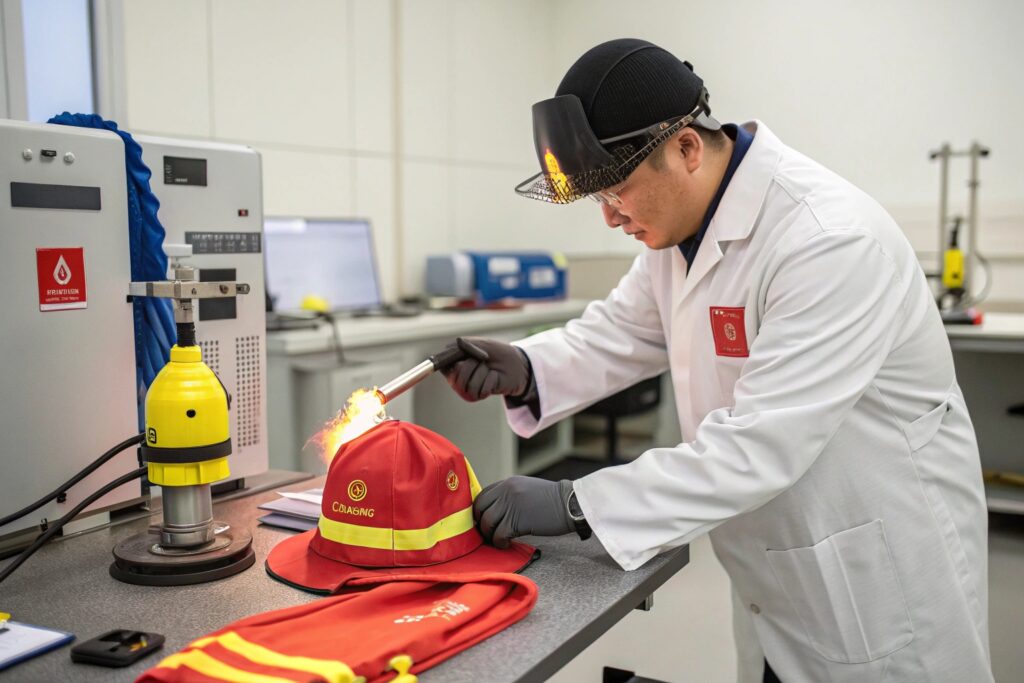
What Types of Accessories Are Regulated Under FFA?
The FFA covers apparel accessories like scarves, shawls, gloves, hats, and some soft bags. According to the Consumer Product Safety Commission (CPSC), any item "worn on the body" made of fabric is generally subject to flammability testing. For example, 16 CFR Part 1610 outlines the flammability test for general wearing apparel.
What Are the Three Flammability Classes?
Accessories fall into Class 1 (normal flammability), Class 2 (intermediate), or Class 3 (dangerous). Products classified under Class 3 are banned from sale.
How Can You Test Accessories for Flammability?
Testing isn’t optional—it’s required for legal import into the U.S.
Flammability testing involves laboratory simulation using the 45-degree burn test method to measure ignition and flame spread on fabric samples.
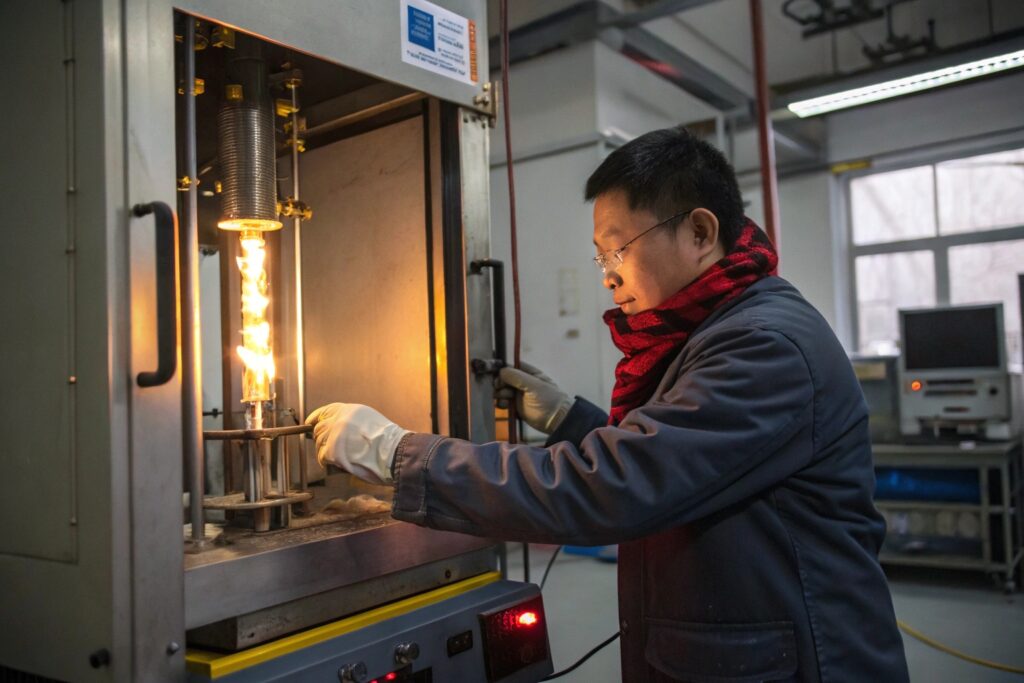
Which Accredited Labs Can You Use?
Only CPSC-accepted laboratories should be used. At AceAccessory, we work with trusted labs like SGS and Bureau Veritas, both of which offer global flammability testing services under U.S. law.
What Should Be Included in a Flammability Report?
A proper test report must include:
- Fabric construction
- Fiber composition
- Burn time averages
- Sample images
- Flammability class
It should also match shipment lot numbers and be archived for customs.
What Materials Are Considered Safe or Exempt?
Choosing the right fabric type can eliminate testing altogether.
Certain materials are automatically considered compliant due to their structure or burn resistance properties and may be exempt from testing under U.S. law.
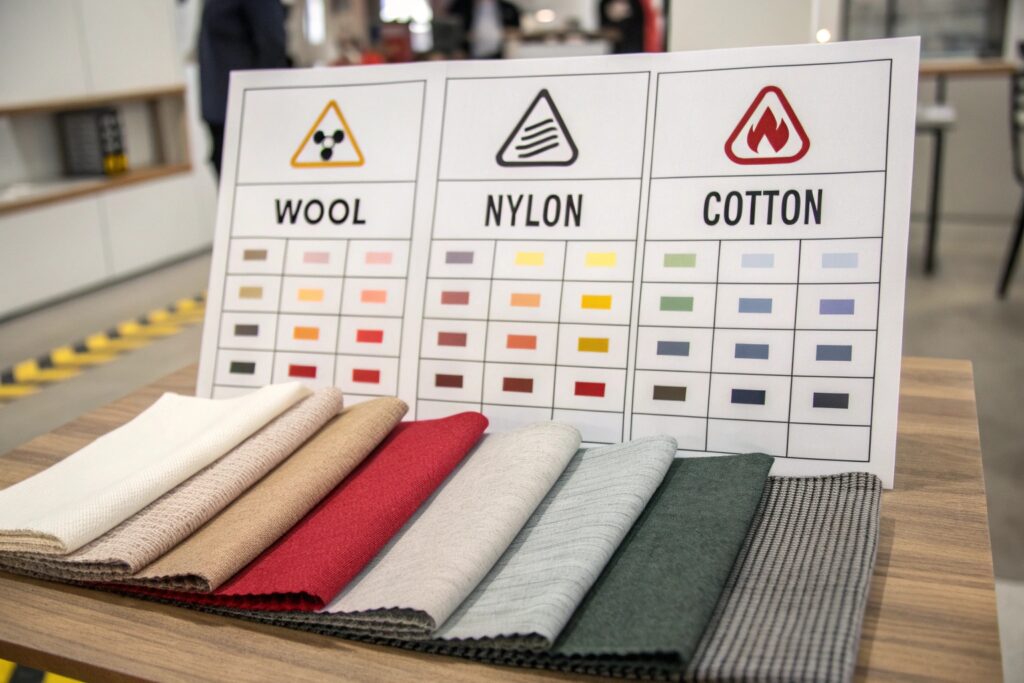
Which Materials Are Considered Exempt?
According to the CPSC, textiles like:
- Wool
- Polyester (in tight weaves)
- Fabrics >88.2 g/m² (2.6 oz/yd²)
may be exempt from testing. The FTC’s Fiber Content Guide offers more clarity.
Are Synthetic Blends Risky?
Yes. Especially brushed rayon, acetate, or blended synthetics with fuzzy texture—these often ignite fast. Avoiding these fabrics or applying fire-retardant finishes is advised.
How Does AceAccessory Maintain Flammability Compliance?
We turn regulations into routine.
At AceAccessory, flammability compliance is built into every step—from fabric selection to packaging.
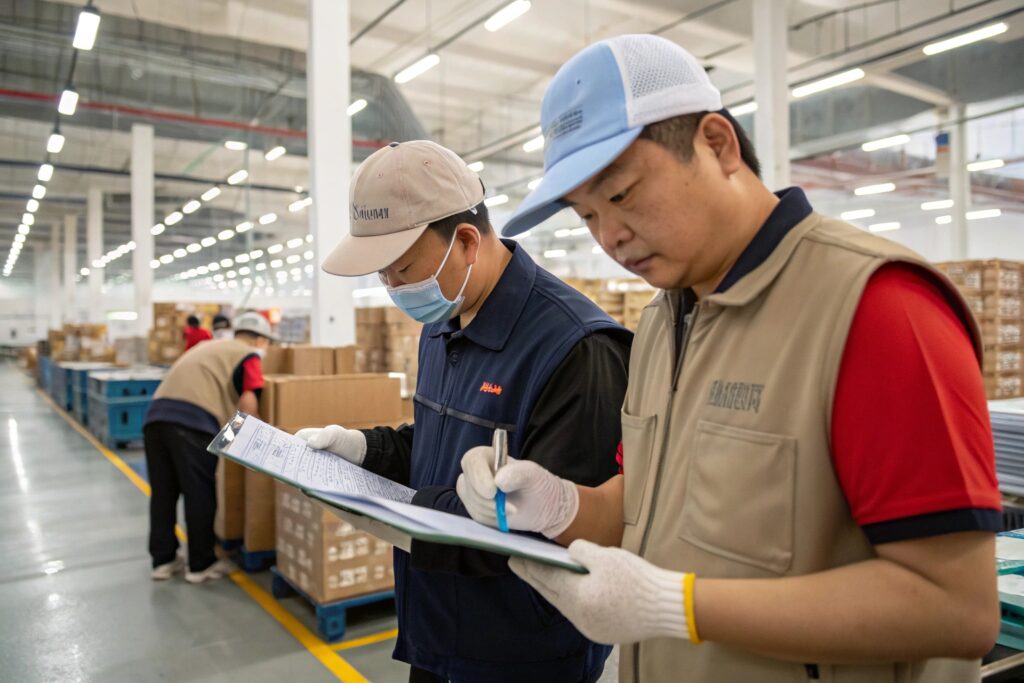
What Is Our Factory’s Compliance Protocol?
- Raw fabric inspection upon arrival
- Pre-test labeling for U.S.-destined goods
- External lab testing coordination
- Storage of digital COC documents in client-accessible folders
Do We Help Clients Navigate U.S. Regulations?
Absolutely. Our project managers provide:
- Bilingual regulatory support
- Help with labeling and flammability tags
- COC generation and lab coordination
Conclusion
Staying compliant with U.S. flammability standards isn’t just a legal checkbox—it’s a quality signal.
From the Flammable Fabrics Act to accredited testing and proactive documentation, every step protects both buyer and end user. At AceAccessory, our mission goes beyond design and delivery—we support our clients with compliance protocols that simplify trade and strengthen brand integrity.

